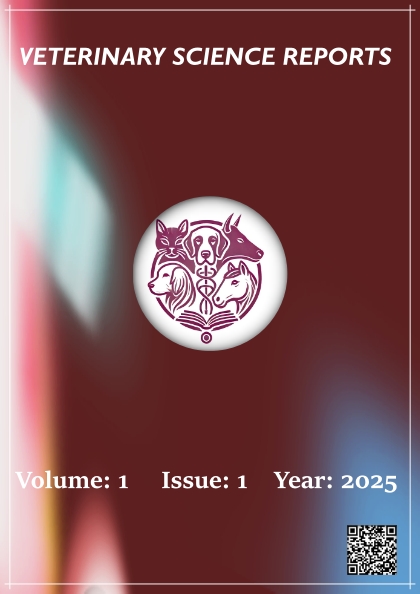Animal Welfare in Sheep: A Review of Evaluation Methods and Applications
DOI:
https://doi.org/10.5281/zenodo.15367683Keywords:
Sheep,, animal welfare, ANI-35L, welfare qualityAbstract
Animal welfare has emerged as a fundamental component of sustainable livestock production, reflecting both ethical considerations and productivity outcomes. This review focuses on the assessment and practical implementation of welfare indicators in sheep. It covers behavioral, physiological, and health-related measures, including body condition scoring, fleece cleanliness, lameness, respiratory conditions, and skin lesions. Furthermore, environmental and management-related factors such as housing conditions, feeding systems, and human-animal interactions are discussed in the context of their impact on welfare. Emphasis is placed on integrating animal-based and resource-based indicators to ensure a comprehensive evaluation framework. The paper also highlights the importance of standardized protocols and training in conducting reliable welfare assessments while acknowledging the challenges in large-scale field applications. In conclusion, understanding and improving sheep welfare requires a multidimensional approach that bridges scientific knowledge, practical tools, and ethical responsibility.
Downloads
Published
How to Cite
Issue
Section
License
Copyright (c) 2025 Mehmet Eroğlu, Zeki ERISIR, Neslihan ILBASAN

This work is licensed under a Creative Commons Attribution 4.0 International License.



